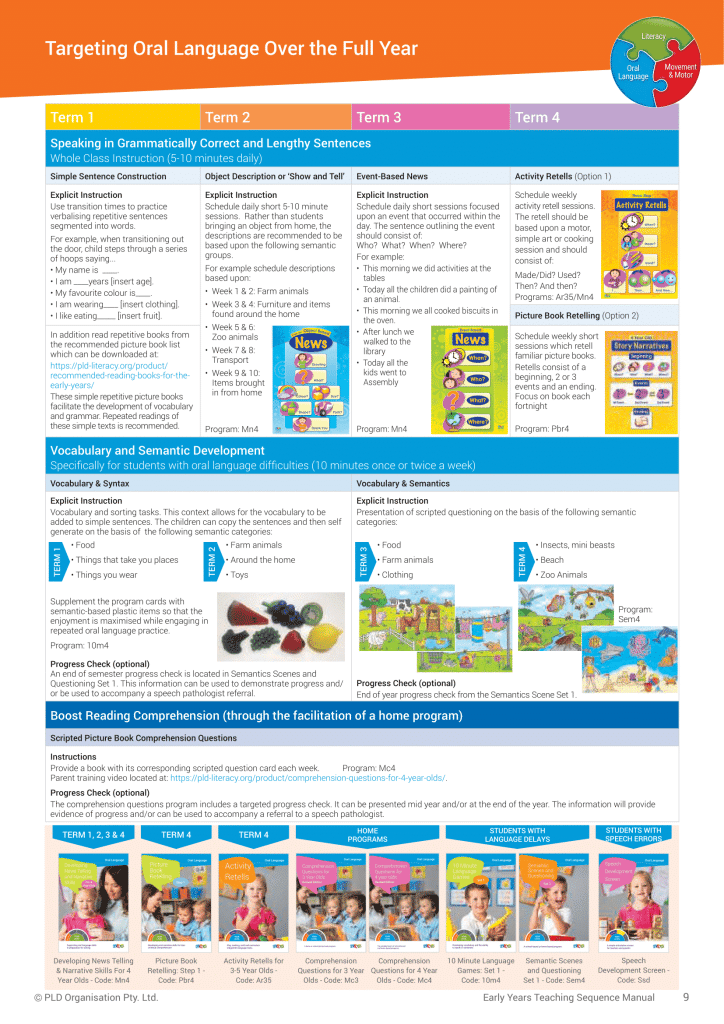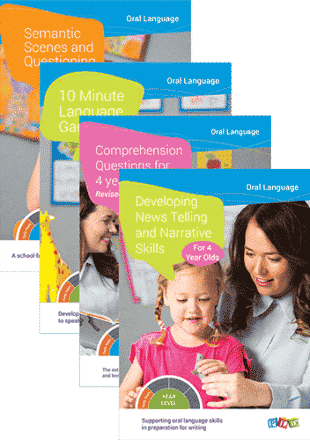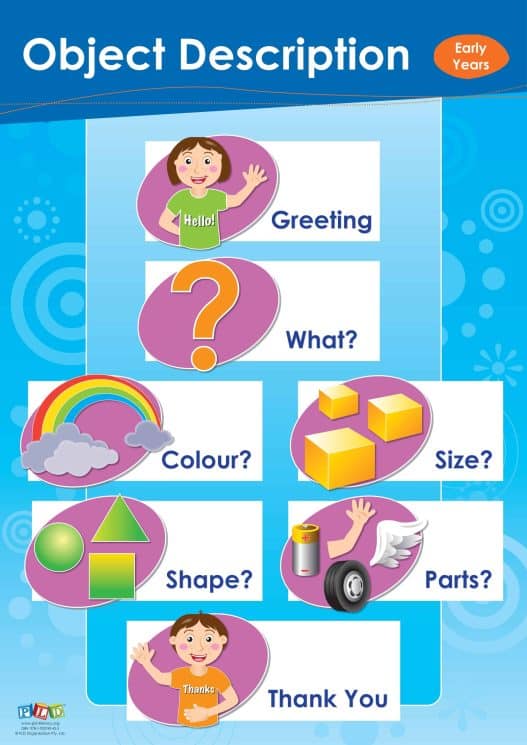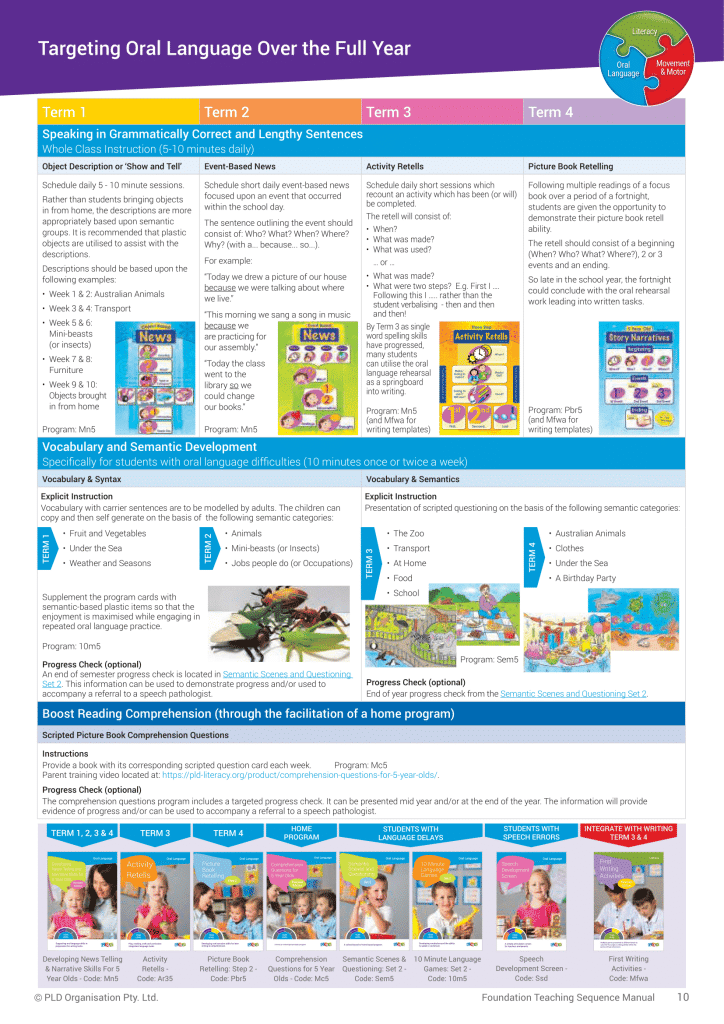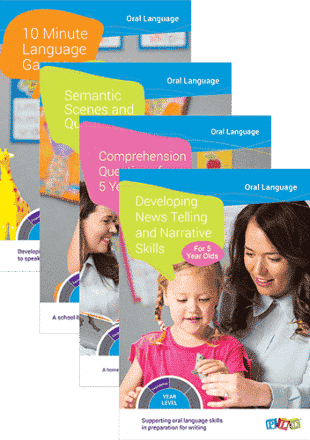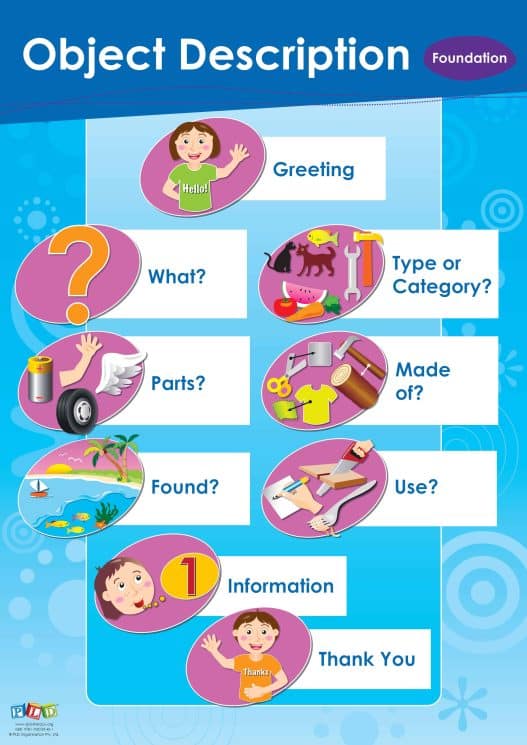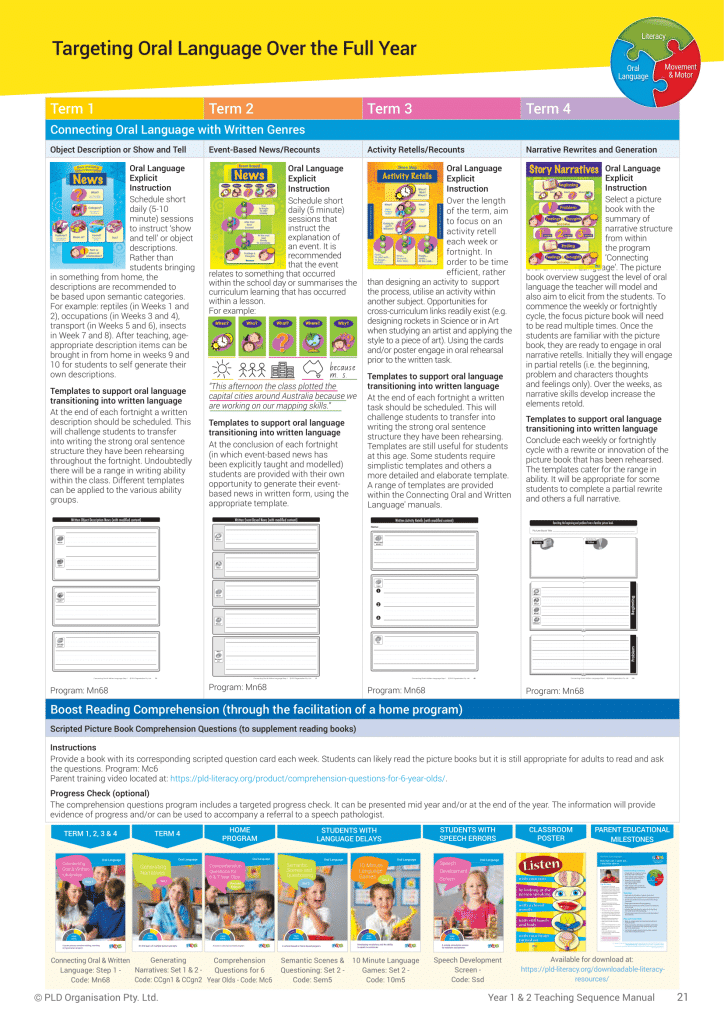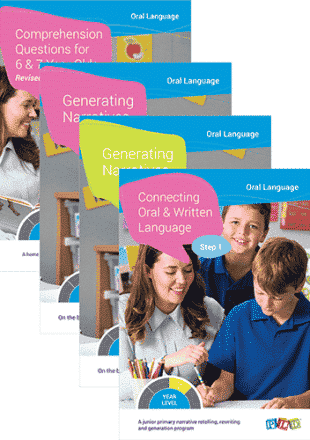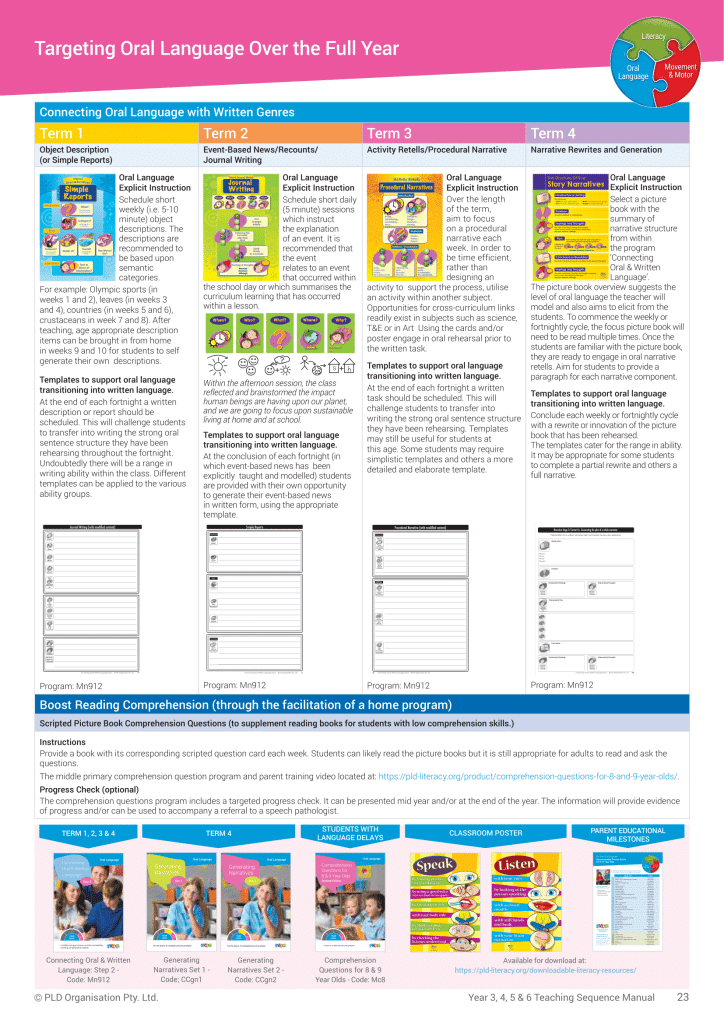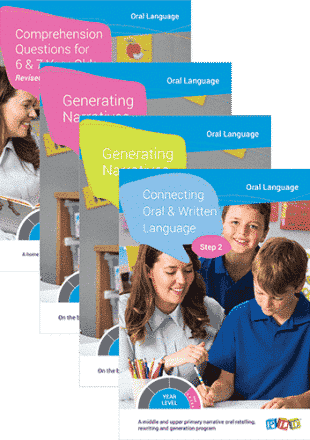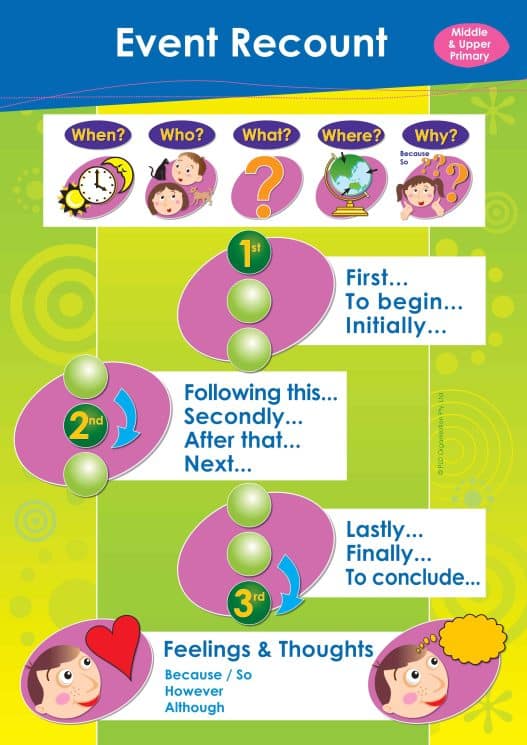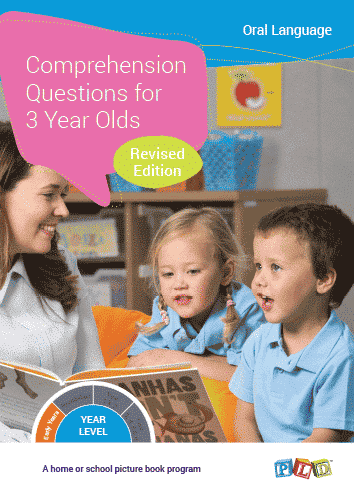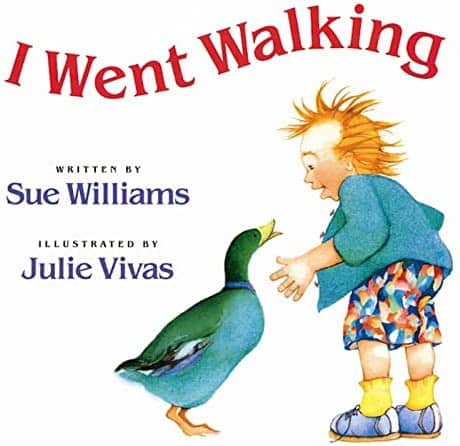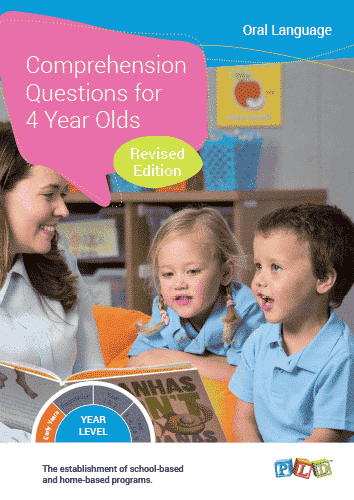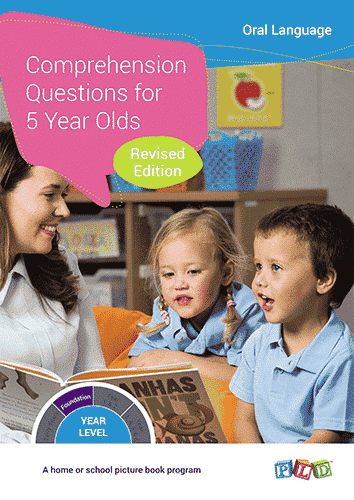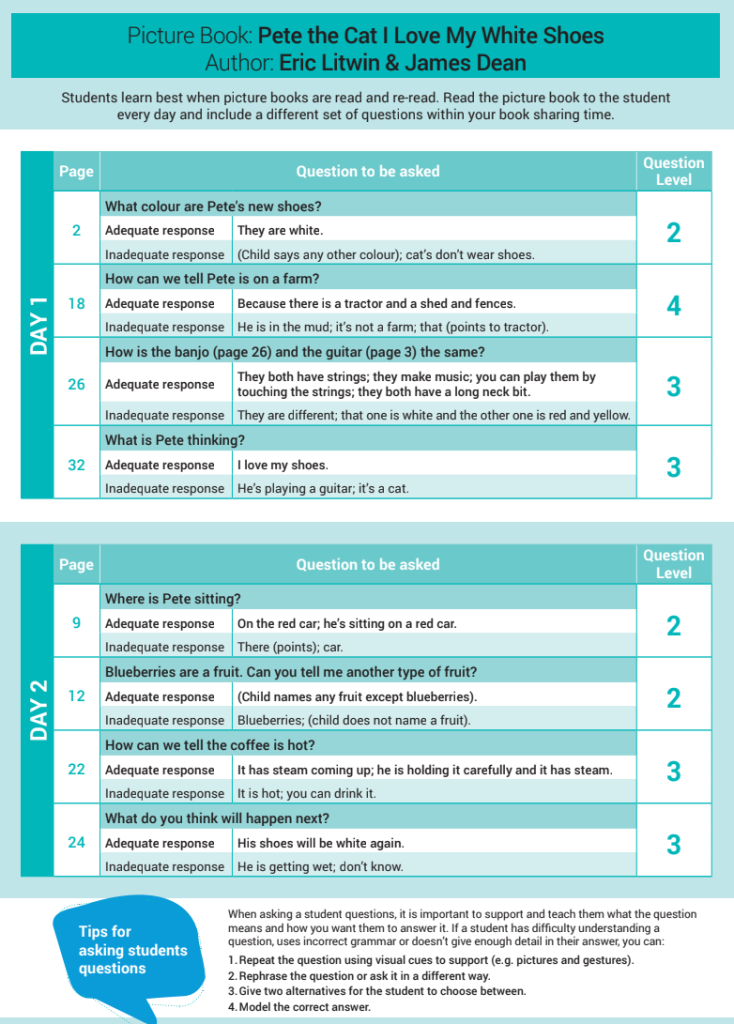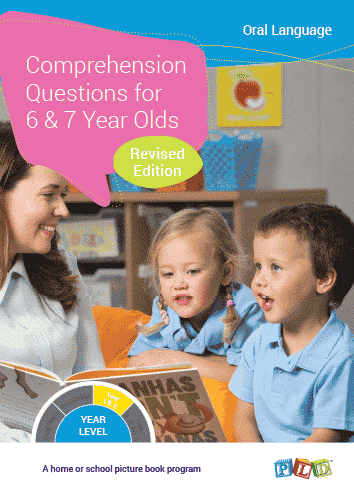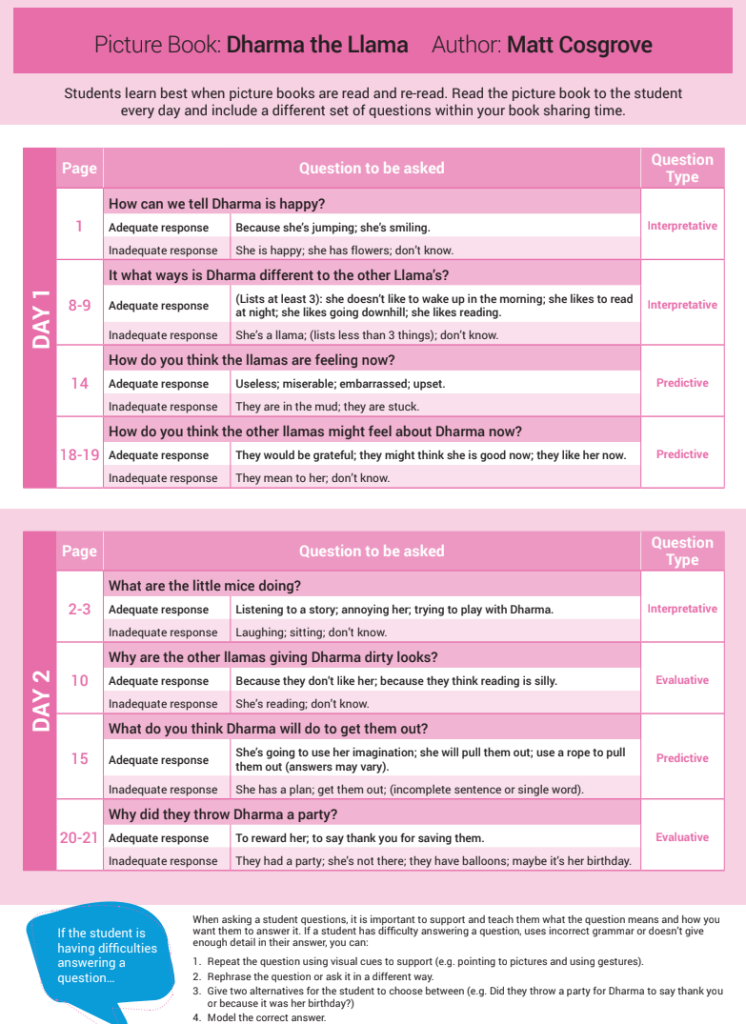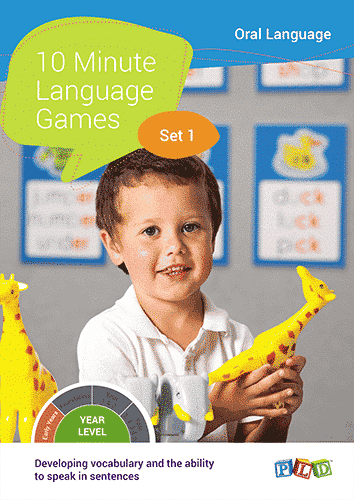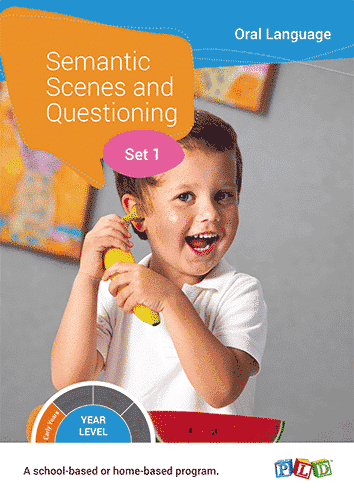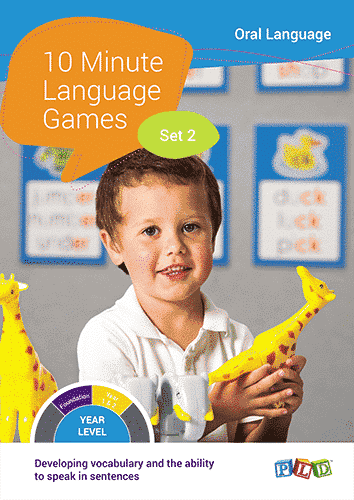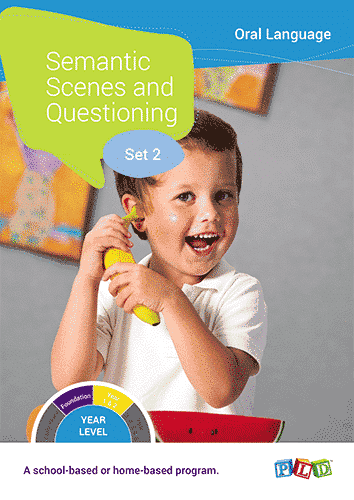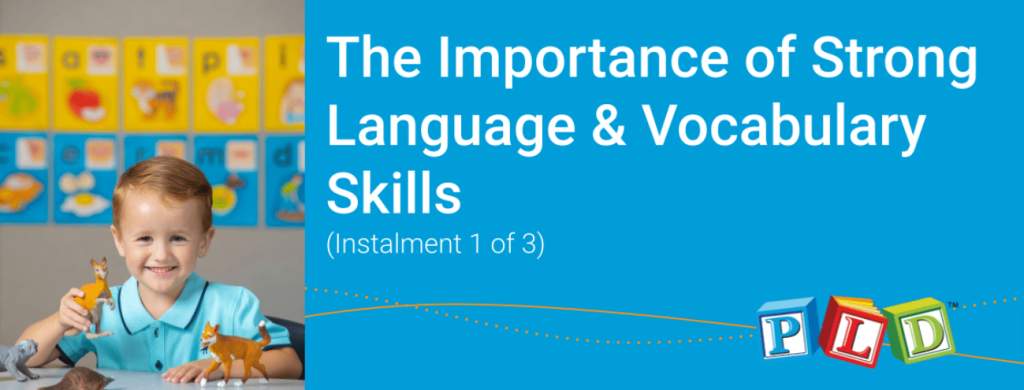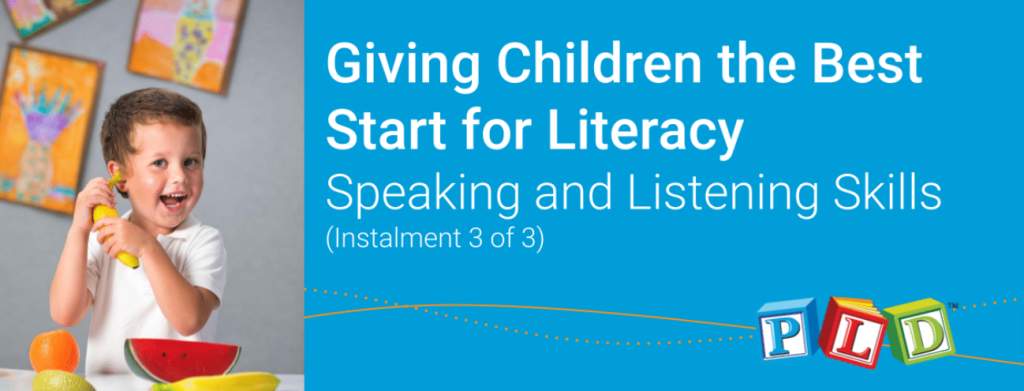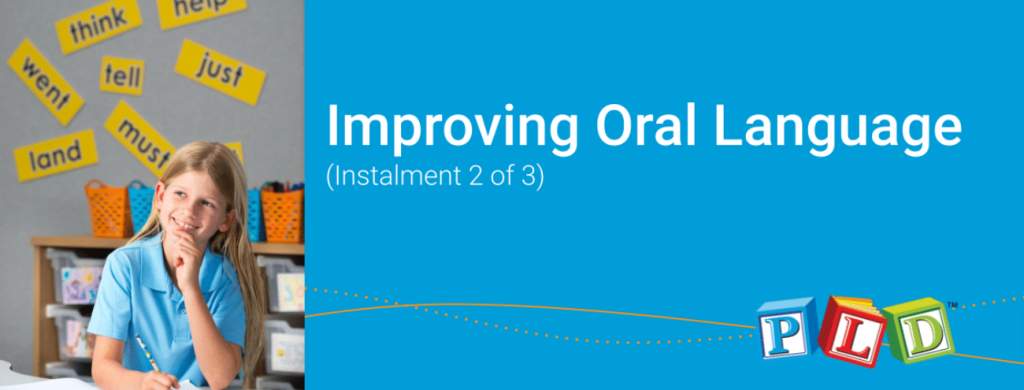Oral Language Programs
Maximising Literacy & Oral Language Outcomes with Evidence-Based Programs
PLD has written many programs which can assist in developing strong oral language skills and literacy skills. Speech pathologists have been central to the design of both the literacy and language range. The programs are ideal for first-language English speakers as well as those students whose first language is a language or dialect other than Standard Australian English. By strengthening oral language skills, students’ literacy skills will typically benefit.
Use the tabs below to skip ahead to:
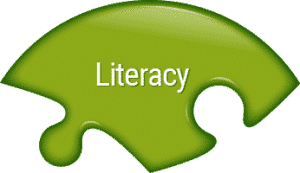
Literacy
“The capacity to read and spell accurately and fluently is dependent on knowledge of the phoneme-grapheme relationships underpinning English orthography. The body of knowledge (phonics) needs to be taught systematically, sequentially, cumulatively and on a daily basis – to the point of automaticity” (DSF Bulletin, Volume 58:2022).
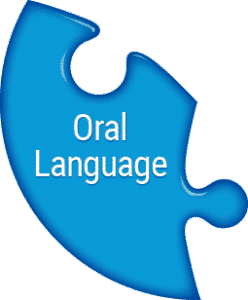
Oral Language
Oral language refers to the act of speaking and listening. The main components for the oral language skill set includes word knowledge (vocabulary); sentence structure (grammar); language understanding (semantic and comprehension ability); and structured thinking (or the ability to elaborate, organise and sequence thoughts).
While poor oral language skills do not prevent children from reading, the long-term impact is concerning. By middle primary school, when both the curriculum and reading material increase in difficulty, a significant number of students will struggle to keep up with the demands of the curriculum if they have poorly developed language skills.
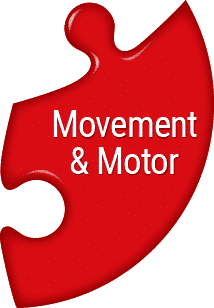
Movement & Motor
The way students organise their body and use their muscles to respond to what they hear is a big part of literacy. Often a physical response is required. A classic example is the ability to follow instructions and compose a written response. A range of physical skill development supports the functioning within a classroom and includes skills such as pencil grip, cutting skills, letter formation and handwriting.
Inside each downloadable Teaching Sequence Manual, there is a full-year oral language teaching plan, consisting of whole class, small group, and home program materials.
Early Years Classes
- Early Years Oral Language Plan on page 5 in the Early Years Teaching Sequence Manual.
- Early Years Oral Language Starter Pack – view here.
- Download the Early Years Posters here.
Foundation Classes
- Foundation Oral Language Plan on page 14 in the Foundation Teaching Sequence Manual.
- Foundation Oral Language Starter Pack – view here.
- Download the Foundation Posters here.
Year 1 & 2 Classes
- Year 1 & 2 Oral Language Plan on page 27 in the Year 1 & 2 Teaching Sequence Manual.
- Year 1 & 2 Oral Language Starter Pack – view here.
- Download the Year 1 & 2 Posters here.
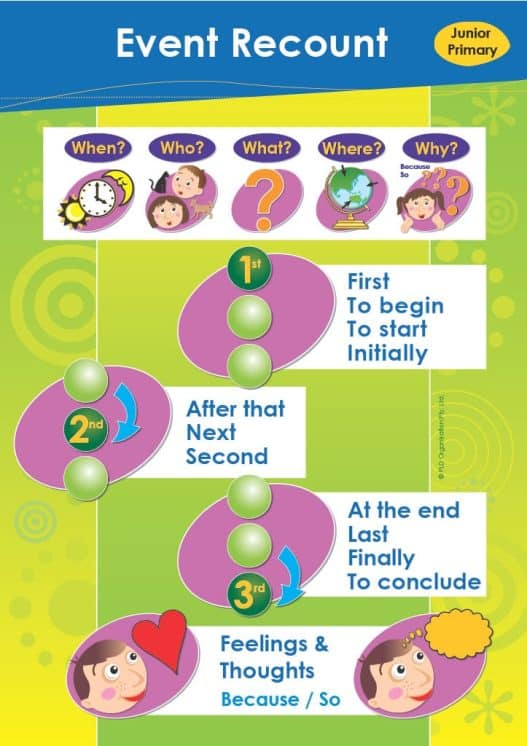
Year 3, 4, 5 & 6 Classes
- Year 3, 4, 5 & 6 Oral Language Plan on page 28 in the Year 3, 4, 5 & 6 Teaching Sequence Manual.
- Year 3, 4, 5 & 6 Oral Language Starter Pack – view here.
- Download the Year 3, 4, 5 & 6 Posters here.

Early Years
Foundation Classes
Year 1 & 2 Classes
Years 3 & 4 Classes
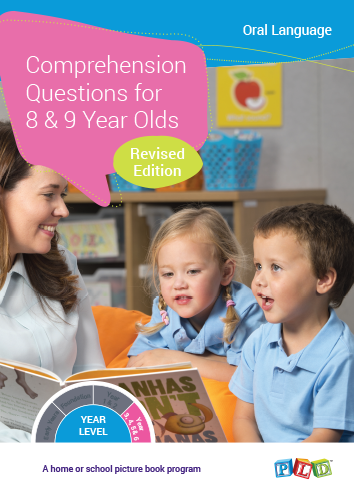
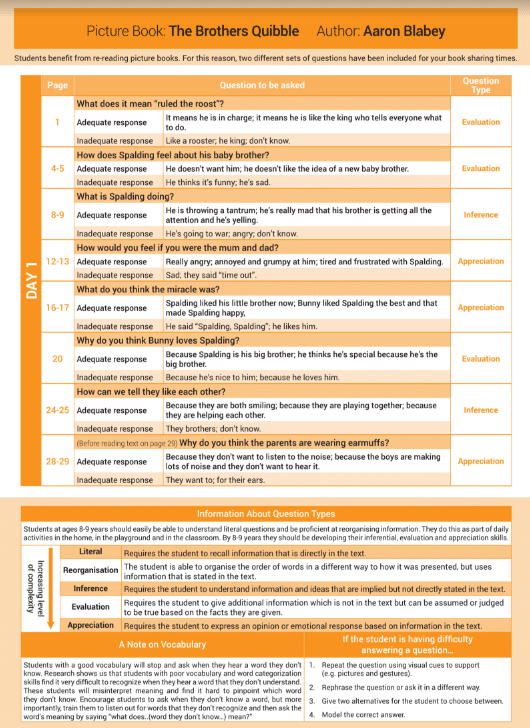
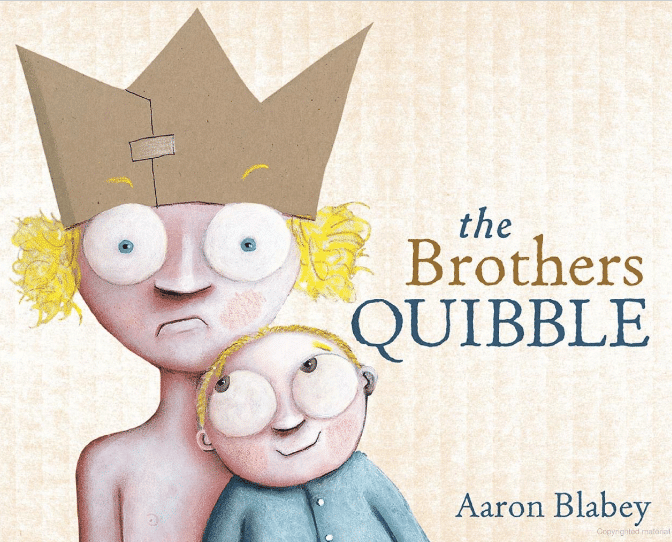
Early Years Programs
Foundation Programs



